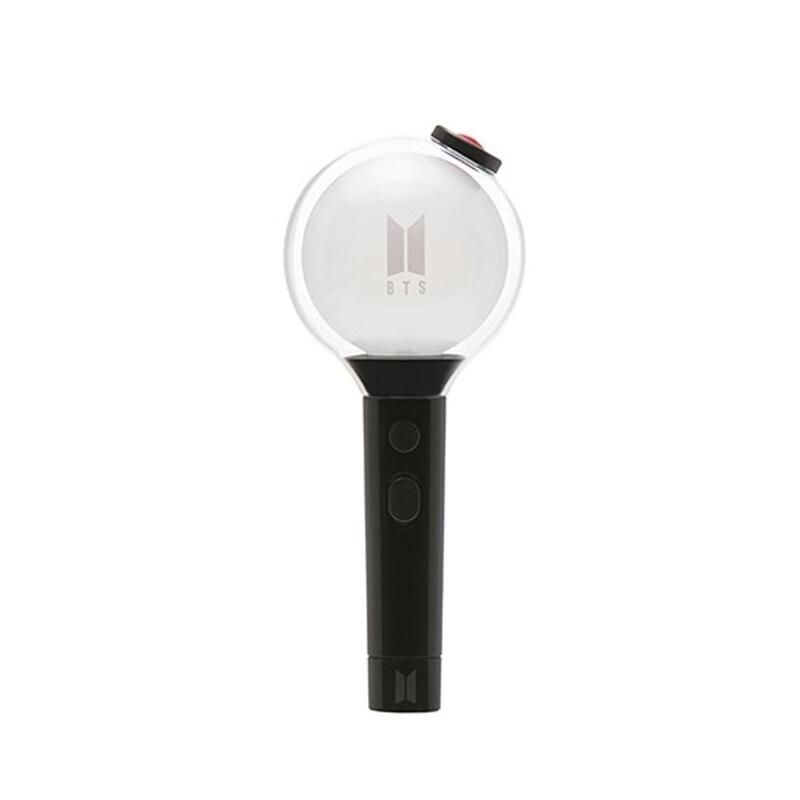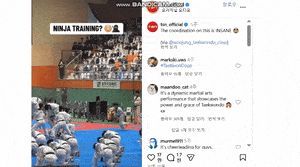 If you’re an avid K-pop fan, there’s a good chance you have a light stick glowing on your shelf. But even the uninitiated have likely seen pictures of the light sticks that emit vibrant colors and patterns at concerts, fan events and music festivals.
If you’re an avid K-pop fan, there’s a good chance you have a light stick glowing on your shelf. But even the uninitiated have likely seen pictures of the light sticks that emit vibrant colors and patterns at concerts, fan events and music festivals.
K-pop artists each have their own “bong” — the Korean word for stick — and it’s more than a gleaming accessory. Light sticks reflect a group’s official fandom color, logo, theme, identity or a special symbol that represents and connects with their fans.
Light sticks trace their roots to the mid-to-late 1990s, when first-generation K-pop idols like H.O.T., Sechskies and g.o.d. rose to stardom. Fans back then, instead of carrying the light sticks we see today, rallied behind their stars with balloons.
Each fandom had its own signature color — white for H.O.T., sky blue for g.o.d and yellow for Sechskies — to differentiate itself from other fandoms. To show unity, concert venues would glow with these colored balloons, creating a vivid display of support that paved the way for today’s light stick culture.
 The first uniquely designed K-pop light stick is credited to Se7en, who debuted in 2003 under K-pop powerhouse YG Entertainment. Reflecting his name, the singer created a custom light stick shaped like the number seven, which he called the “Chilbong,” meaning “seven stick.”
The first uniquely designed K-pop light stick is credited to Se7en, who debuted in 2003 under K-pop powerhouse YG Entertainment. Reflecting his name, the singer created a custom light stick shaped like the number seven, which he called the “Chilbong,” meaning “seven stick.”
The rise of modern K-pop light sticks began with Big Bang, in 2007, when G-Dragon created the “Bang Bong,” the group’s first-ever light stick. Its design — a stick-shaped light topped with a yellow crown representing the Big Bang fandom, VIP — prefigured the light sticks we see today and helped set the standard for what would become an iconic part of K-pop culture.
Fast forward two decades, and entertainment companies and K-pop artists have transformed light sticks into distinctive, custom-designed symbols that reflect each group’s identity. A core part of K-pop culture today, these so-called “bongs” are reshaping the concert experience and deepening the way fans connect with their favorite artists.
 And just as every fandom has a name, each light stick has one, too. K-pop juggernaut BTS has the well-known “Army Bomb,” while Twice has the “Candy Bong.” Blackpink’s official light stick is dubbed the “Bl-ping-bong,” a combination of “bong” and an abbreviated form of the quartet’s name, Blackpink.
And just as every fandom has a name, each light stick has one, too. K-pop juggernaut BTS has the well-known “Army Bomb,” while Twice has the “Candy Bong.” Blackpink’s official light stick is dubbed the “Bl-ping-bong,” a combination of “bong” and an abbreviated form of the quartet’s name, Blackpink.
In recent years, light stick designs have evolved into ever more unique shapes. For example, Mamamoo’s “Moo Bong” is shaped like a radish because the group’s fandom name, MooMoos, comes from “moo,” which means radish in Korean.
Epik High, one of Korea’s most influential hip-hop groups, is famous for its “Park Gyu Bong,” a color-changing light stick shaped like a hand with a raised middle finger. The stick evokes the group’s lyrically dense, introspective songs that explore social and philosophical themes.
 Having become a badge of identity, light sticks are used by K-pop fans to show support for their favorite artists, and sometimes this leads to conflict between fandoms over perceived slights in their light stick designs.
Having become a badge of identity, light sticks are used by K-pop fans to show support for their favorite artists, and sometimes this leads to conflict between fandoms over perceived slights in their light stick designs.
One such feud erupted in October between fans of boy group The Boyz and girl group QWER.
After QWER unveiled its light sticks in September ahead of its world tour, fans of The Boyz claimed that the white megaphone-like design was too similar to those released in 2021.
“In the world of K-pop, fans often adopt the mindset that they shouldn’t show support for other groups, which is a loyalty culture that is uncommon in other countries,” Kim Do-heon, a pop culture critic, told The Korea Herald.
“Throughout K-pop’s decadeslong history, fandoms have developed a strong sense of identity and status, making light sticks symbolic. In this vein, fans purchase official merchandise sold by entertainment companies to show their dedication and be recognized as part of the fandom. So, in essence, owning a K-pop idol’s light stick is a tangible expression of a fan’s devotion. It’s a way of building connection and love between fans and idols,” Kim explained.
“Behind the Spotlight” takes readers behind the glamour and dazzle of K-pop, focusing on what happens beyond the spotlight and exploring untold inside stories that shape the world of K-pop. — Ed.
- Finance chief says S. Korea’s economy at ‘turning point’ to reshape growth trajectory for decades
- Ruling party submits special bill on investment in US under tariff deal
- Trump adds Thanksgiving turkeys to his pardon list
- Biz sentiment reaches 1-yr high in Nov. on semiconductor boom: BOK survey
- S. Korea’s Nuri rocket enters final check stage ahead of early Thurs. launch










Most Commented